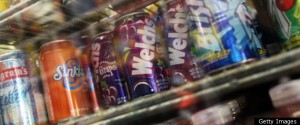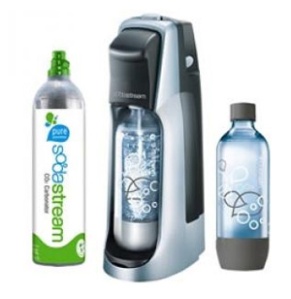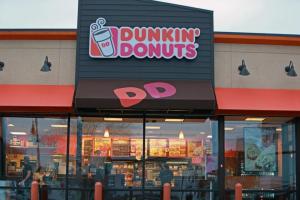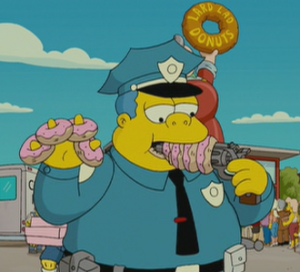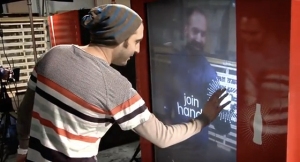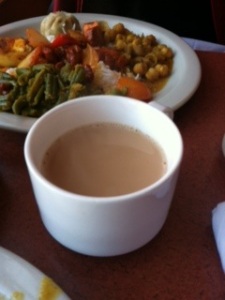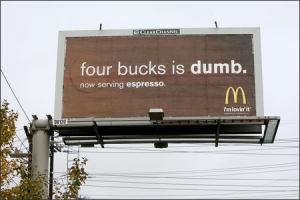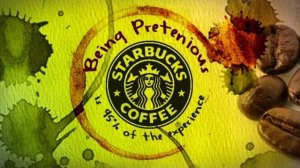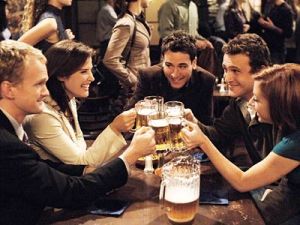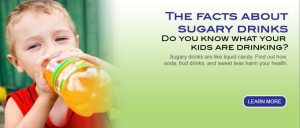Soda in schools. Today with childhood obesity being one of the most pressing issues in our country it makes sense that over 30 states in our nation have banned soda sales within schools. This ban is just one of the ways that schools have taken a stand in helping children manage their body weight. But is this stance appropriate or should parents be the ones monitoring what their children are eating and drinking?
A recent study published in the November 2011 issues of the Archives of Pediatrics and Adolescent Medicine surveyed 5th and 8th grade students in public schools across “40 states found that in states that banned all sugar-sweetened beverages, 15 percent fewer students reported having access to sugary drinks in schools, and 7 percent fewer reported purchasing those beverages, nor did it change overall consumption. However across soda-banning, no-policy and all-sugary-drinks-banning states, about 85 percent of students reported consuming sugar-sweetened beverages at least once in the last week.”
So even in schools that banned sugary drinks students are still drinking soda. Daniel Tabler, an author of this study told the New York Times that “The most unequivocal finding was that laws that focus on soda are just not getting it done. If you really want to create a healthier school environment, you need more comprehensive laws.”
So who’s responsible? School’s or parents? In “Childhood Obesity, Junk Food, TV: Who’s Responsible?” the authors pose this question in who should be taking responsibility. Is it children’s television? Parents? Government-run public schools? Some combination of the above, or all of the above?!
I don’t know whose right. But I do know that in today’s mass media world, it has to be hard for parents to regulate what their kids are eating outside of the household. Who hasn’t been at the grocery store having to navigate the rows around screaming kids begging for Lucky Charms or Oreos. Now I’m no parent, but I can understand giving in so get some relief from a crying child in a public place.
There are so many competing factors targeting children to eat or drink different things in today’s media intense world. I do believe that schools have the power to influence their student’s health, but if soda ban’s aren’t doing the trick there should be another step to allow kids to make informed choices. Media literacy is a powerful tool, and middle school students are old enough to gain some critical thinking skills they may be able to decide themselves what is healthy and what is not.
WP 5/7
